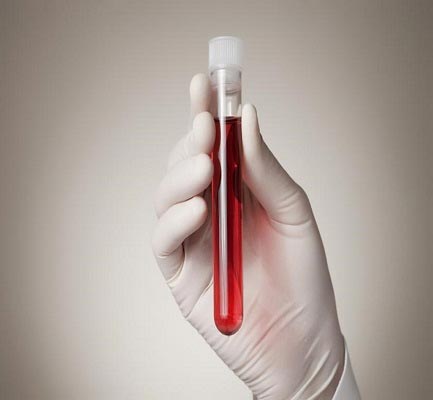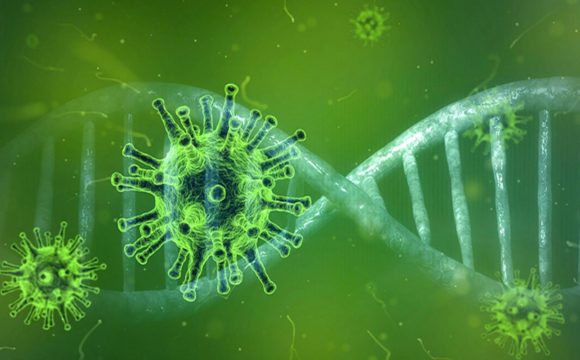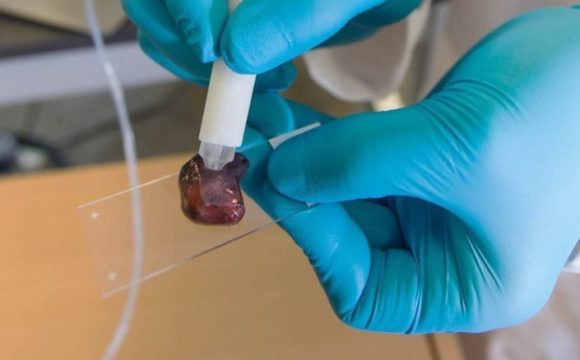There are various new and upcoming tests designed to analyze blood samples. In 2014, a team of researchers first reported that they could separate cells by exposing them to sound waves as they flowed through a tiny channel. This method offered a gentler alternative to other cell-sorting technologies, which require labeling the cells with chemicals or exposing them to strong mechanical forces which might damage them. Since then, researchers have also shown that this technology can be used to isolate rare, circulating tumor cells from a blood sample.
In their recent study, the team has now managed to isolate exosomes from the blood samples using sound waves. The study was reported in the journal, Proceedings of National Academy of Sciences (PNAS).

A microfluidic device that uses sound waves to separate exosomes (pink spheres) from other components of blood
(Source: Mengxi Wu, Ming Dao, Subra Suresh, Yoel Sadovsky and Tony Jun Huang)
Exosomes are nanoscale packets secreted from cells, which carry important messages from one part of the body to another. As a biomarker, they carry significant information which can be used in diagnostics. To isolate the exosomes, the researchers built a device with two units working in tandem. In the first, sound waves are used to remove cells and platelets from a blood sample. Once the cells and platelets are removed, the sample enters a second microfluidic unit, which uses sound waves of a higher frequency to separate the exosomes. With this method, it takes less than 25 minutes to process a 100-microliter undiluted blood sample.
“These exosomes often contain specific molecules that are a signature of certain abnormalities. If you isolate them from blood, you can do biological analysis and see what they reveal,” says Ming Dao, research scientist and a senior author of the study.
Exosomes have previously been associated with as biomarkers for cancer, kidney problems, and neurodegenerative disease, among other health issues, hence getting a portable device that can be taken anywhere and can pick out exosomes from blood quickly would be a huge advantage. It could also help doctors analyze the condition of organs that are hard to reach, such as the placenta during pregnancy, by extracting and quickly testing blood samples. It is less invasive than a biopsy and is accurate.
“The new technique can address the drawbacks of the current technologies for exosome isolation, such as long turnaround time, inconsistency, low yield, contamination, and uncertain exosome integrity,” Tony Jun Huang, another researcher says. “We want to make extracting high-quality exosomes as simple as pushing a button and getting the desired samples within 10 minutes.”
The team now plans to use this technology to seek biomarkers that can reveal disease states. They have a joint grant from the National Institutes of Health to look for markers related to abnormal pregnancy, and they believe the technology could be used to help diagnose other health conditions as well.
References:
1] Wu, M. et al. (2017). Isolation of exosomes from whole blood by integrating acoustics and microfluidics. Proceedings of the National Academy of Sciences.
2] https://www.sciencealert.com/your-blood-could-soon-be-tested-through-the-power-of-sound-waves
3] http://news.mit.edu/2017/blood-testing-sound-waves-tissue-biopsies-0918










